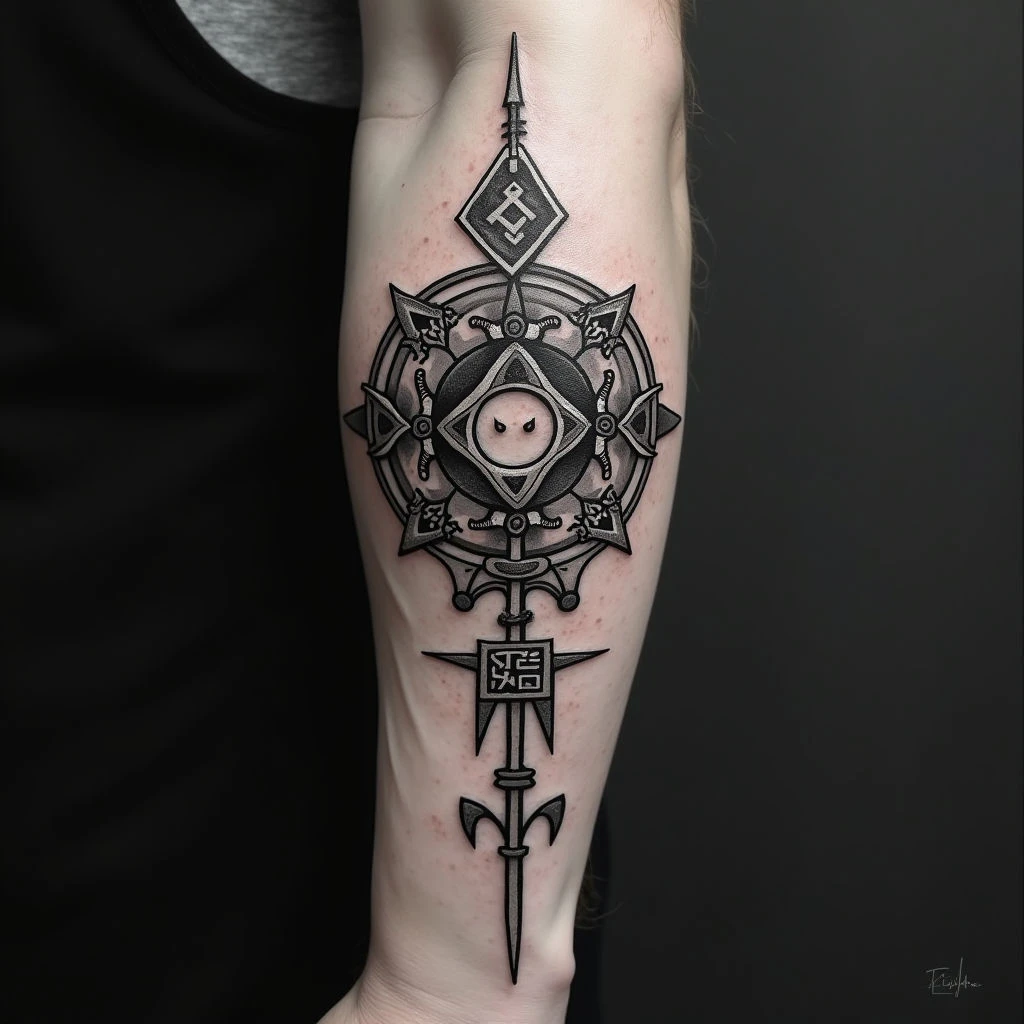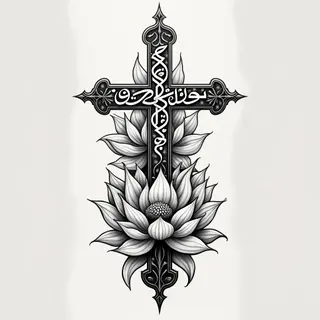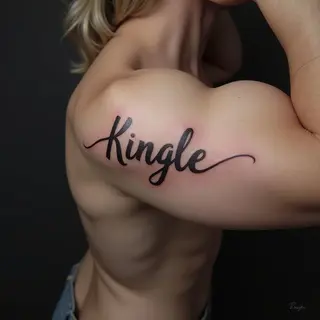The Symbolic Language of Geometric Shapes in Viking Art
Geometric shapes weren't just pretty decorations for Vikings; they were a visual language, deeply embedded with meaning drawn from Norse mythology and their understanding of the world. Let’s unpack what these forms really meant to them.
Triangles: Bridging Realms
Think about it – triangles appear everywhere in Viking art. They’re more than just a shape; they represent the three realms that defined their cosmos: Asgard, home of the gods; Midgard, our world; and Helheim, the underworld. This isn't some abstract concept—it's a visual reminder of the interconnectedness between these worlds, striving for balance and harmony. The sharp point? Imagine it as a mountain peak, or simply pointing toward a direction.
Squares & Rectangles: Stability and Protection
For the Vikings, stability wasn’t just about strong buildings; it was a core value. Squares and rectangles embody that—they represent order and protection. Picture a fortified homestead, or a sturdy shield defending against chaos – that's the feeling these shapes evoke. They marked the boundaries of Midgard, defining their world.
Spirals: Cycles of Life and Exploration
The spiral is a powerful symbol. It speaks to growth, expansion, and the constant cycle of life and death—a concept central to Norse beliefs. Consider Jormungandr, the World Serpent encircling Midgard – that’s a massive spiral! It's a reminder of both danger and renewal. And beyond that, spirals often represented journeys; after all, exploration was essential to Viking culture.
Intricate Patterns: Storytelling Through Design
The most captivating Viking art isn’t just about individual shapes; it's the complex patterns they create. These weren't random—they often wove in runic inscriptions or stylized depictions of nature, like Yggdrasil (the World Tree) and rivers. It was a way to tell stories visually, reinforcing ancestral narratives and spiritual beliefs.
Ultimately, the Vikings used geometric shapes deliberately—to encode their worldview in visual form. Their art wasn’t just decoration; it was a powerful expression of their connection to nature, mythology, and the enduring cycles that shaped their lives.


